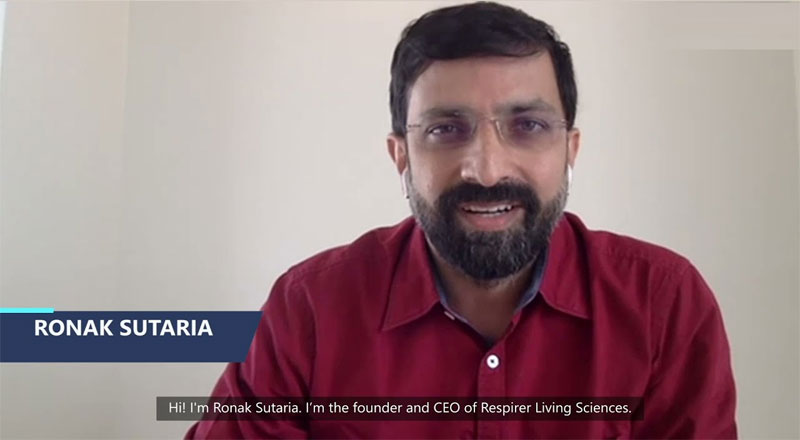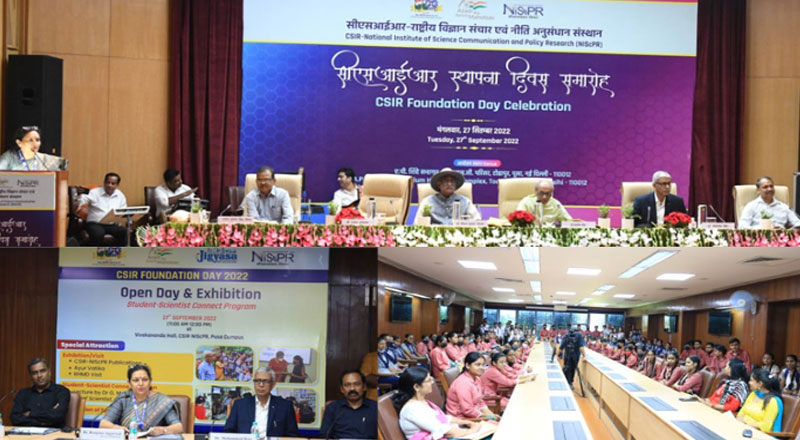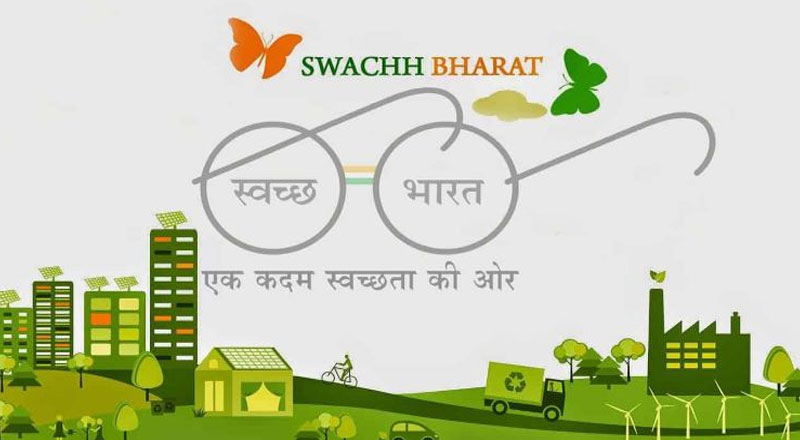To help spread awareness about air quality, climate-tech startup Respirer Living Sciences has developed a dashboard that provides real-time access to air quality pollution data. Powered by Microsoft Azure, this dashboard data can be leveraged to devise solutions from citizens and policymakers to tackle air pollution.
With an objective to improve the quality of life for people, the team at Respirer evaluated several parameters and air quality stood out among them. The startup realized that people were keen to know about the air quality in their immediate surroundings. However, the cost of setting up air quality monitoring solutions was very high, which prompted Respirer to start developing affordable air quality monitoring platforms, using sensors and IoT. However, sensors sometimes malfunctioned and recorded unnecessary data and noise which sometimes led to inaccuracies.
To achieve complete accuracy in mentoring air quality data, Respirer collaborated with Microsoft Research (MSR) India’s Center for Societal Impact through Cloud and Artificial Intelligence (SCAI). The startup is one of the four organizations in the program’s first cohort. MSR enabled them to integrate fault detection technology in their platform. Respirer platforms also use a technique called dependable IoT, developed by researchers at MSR, that monitors the health of IoT-based devices using a fingerprint of their battery’s performance.
Using machine learning and data visualization, Respirer built a dashboard, enabled by Power BI, to study data from 240 government air quality monitors as part of the National Clean Air Program tracker. The Power BI dashboard is able to run the data through Azure’s SQL servers, making the process fast and seamless. More importantly, it enables the Respirer team to execute all of this with a shorter turnaround time and with a small development team. It also enables government officials to check if any of their monitoring stations go offline and repair them in real time.
Ronak Sutaria, Founder of Respirer Living Sciences said, “About 40 out of the 240 Continuous Air Quality Monitoring Stations set up by the government are in and around Delhi alone, which is why it’s no surprise that the city always leads in conversations around air pollution. Even in places where data exists, it’s stored in databases that not many track regularly or are not accessible to citizens. Scientific and accurate data in this space can provide meaningful insights and increase awareness about air quality across the country to enable greater involvement and action from citizens and policy makers.”
The Respirer solution costs one-twentieth the price for installation of a regulatory air quality monitoring system. It provides easy access to data around historical trends and levels of different pollutants across individual cities on a yearly basis or during different times of the day. It also enables anyone to select different filters to get insights that are meaningful to them, thus eliminating the need for any data science knowledge.
Ronak added, “Typically, it would have taken us four to six months and a team of developers to pull out all the analytics and visualize that amount of data at these depths. But with Power BI, we were able to execute this project in just a little under four weeks with just one analytics engineer.”
Respirer’s long-term vision is to create a network of low-cost air quality monitoring sensors to provide a wider scientific view of the air that India breathes. A reasonable analysis of air quality index in India will require a simplified collection of data across 4,000 to 8,000 locations in the country. The startup’s plan is to fill this gap with affordable air quality monitoring devices.
Around 1,000 Respirer devices have been used by housing societies, schools, industrial companies, and even government organizations for monitoring air quality in their locations. Respirer is working towards building a platform to make the data publicly available, across a unified platform, allowing delivery of hyper-local air quality data so citizens know the quality of air they are breathing at not just city level but even at a neighborhood level.





